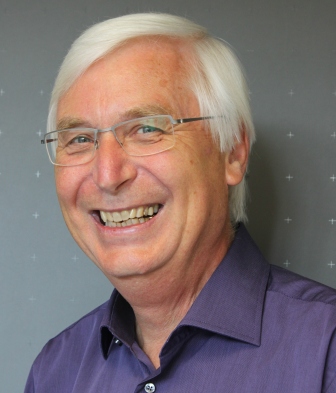Our understanding of polar organic reactivity is based on relationships between rate and equilibrium constants. Thus, strong bases are generally considered to be good nucleophiles as well as poor nucleofuges. Though exceptions from this general rule have long been known, a systematic analysis has been problematic, because rate constants for the reactions of nucleophiles with C-centered electrophiles have often been correlated with Brønsted basicities (i. e., affinities towards the proton). For that reason, the origin of deviations from Brønsted correlations could often not unambiguously be assigned.
In the last two decades, we have created comprehensive nucleophilicity,1 nucleofugality,2 and Lewis basicity scales3 by using differently substituted benzhydrylium ions with widely variable reactivity but equal steric demand as reference electrophiles,1 electrofuges,2 and Lewis acids.3 Relationships between these kinetic and thermodynamic parameters will be discussed with emphasis on examples where the commonly assumed proportionalities break down.4 I will discuss the origin of several counterintuitive phenomena, e.g. why strong nucleophiles can also be good nucleofuges, and why weak nucleophiles sometimes substitute strong nucleophiles in SN2 reactions. It will be shown that solvolysis rate constants of alkyl bromides and chlorides, but not of carboxylates provide accurate information about thermodynamic stabilities (more precise: Lewis acidities) of carbocations. Eventually it will be discussed why carbocations, which are formed slowly in SN1 reactions are not always good electrophiles.5 The role of intrinsic barriers for controlling organic reactivity will be analyzed.
1. (a) H. Mayr, A. R. Ofial, J. Phys. Org. Chem. 2008, 21, 584 (b) Data base: http://www.cup.uni-muenchen.de/oc/mayr/DBintro.html.
2. Streidl, N.; Denegri, B.; Kronja, O.; Mayr, H.; Acc. Chem. Res. 2010, 43, 1537-1549.
3. Mayr, H.; Ammer, J.; Baidya, M.; Maji, B.; Nigst, T. A.; Ofial, A. R.; Singer, T.; J. Am. Chem. Soc. 2015, 137, 2580-2599.
4. Mayr, H.; Ofial, A. R.; Acc. Chem. Res. 2016, 49, 952-965.
5. Byrne, P.A.; Kobayashi, S.; Würthwein, E.-U.; Ammer, J.; Mayr H. J. Am. Chem. Soc. 2017, 139, 1499-1511
To view the recording of this talk, click HERE.
Speaker:
Institution:
Location:

